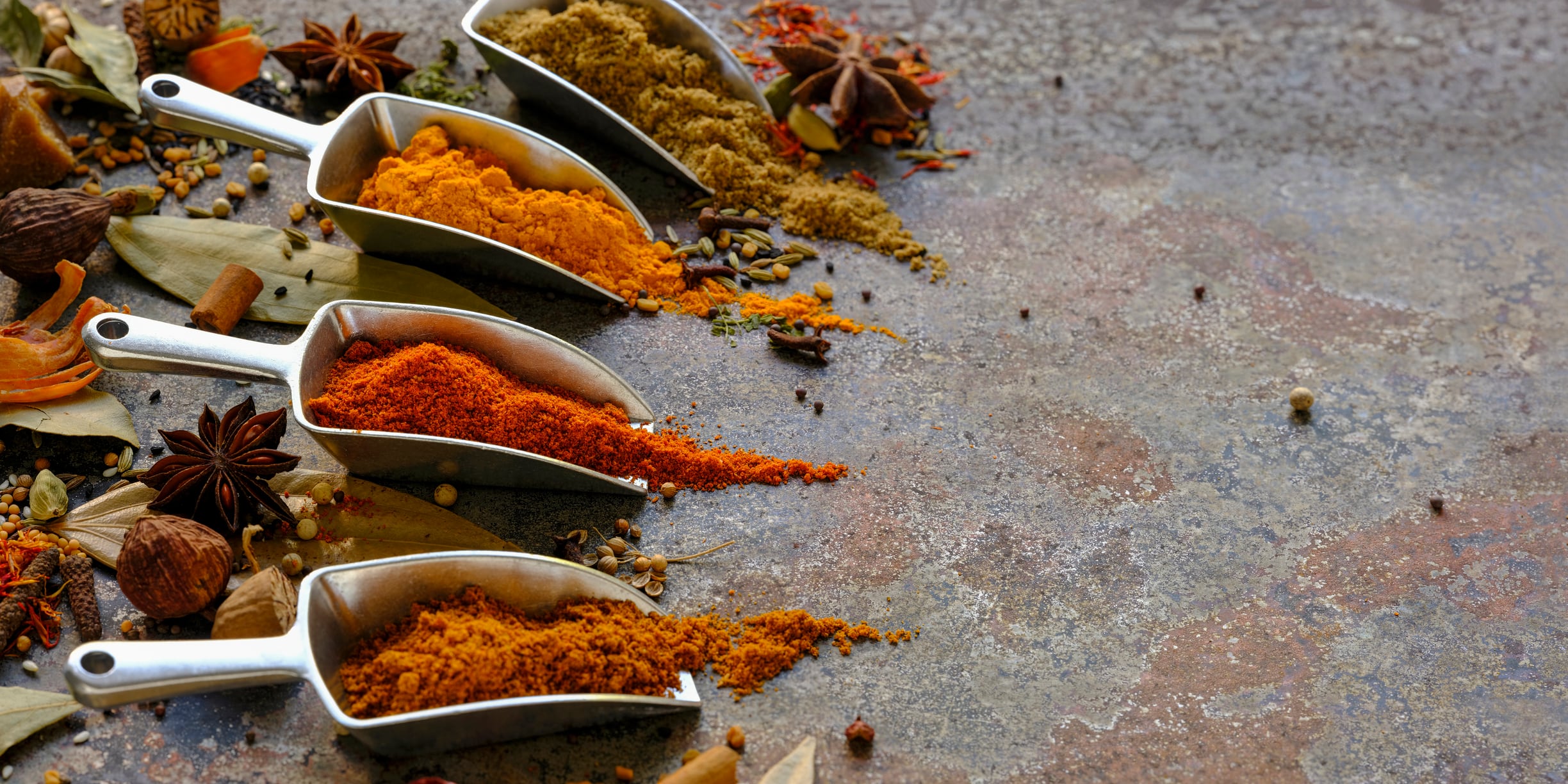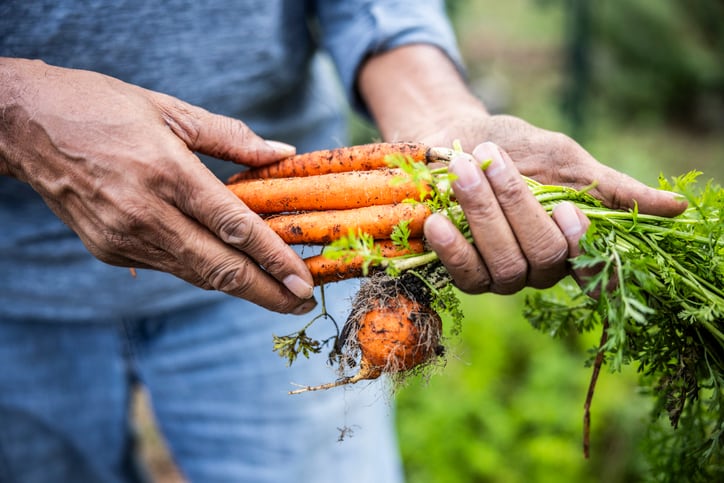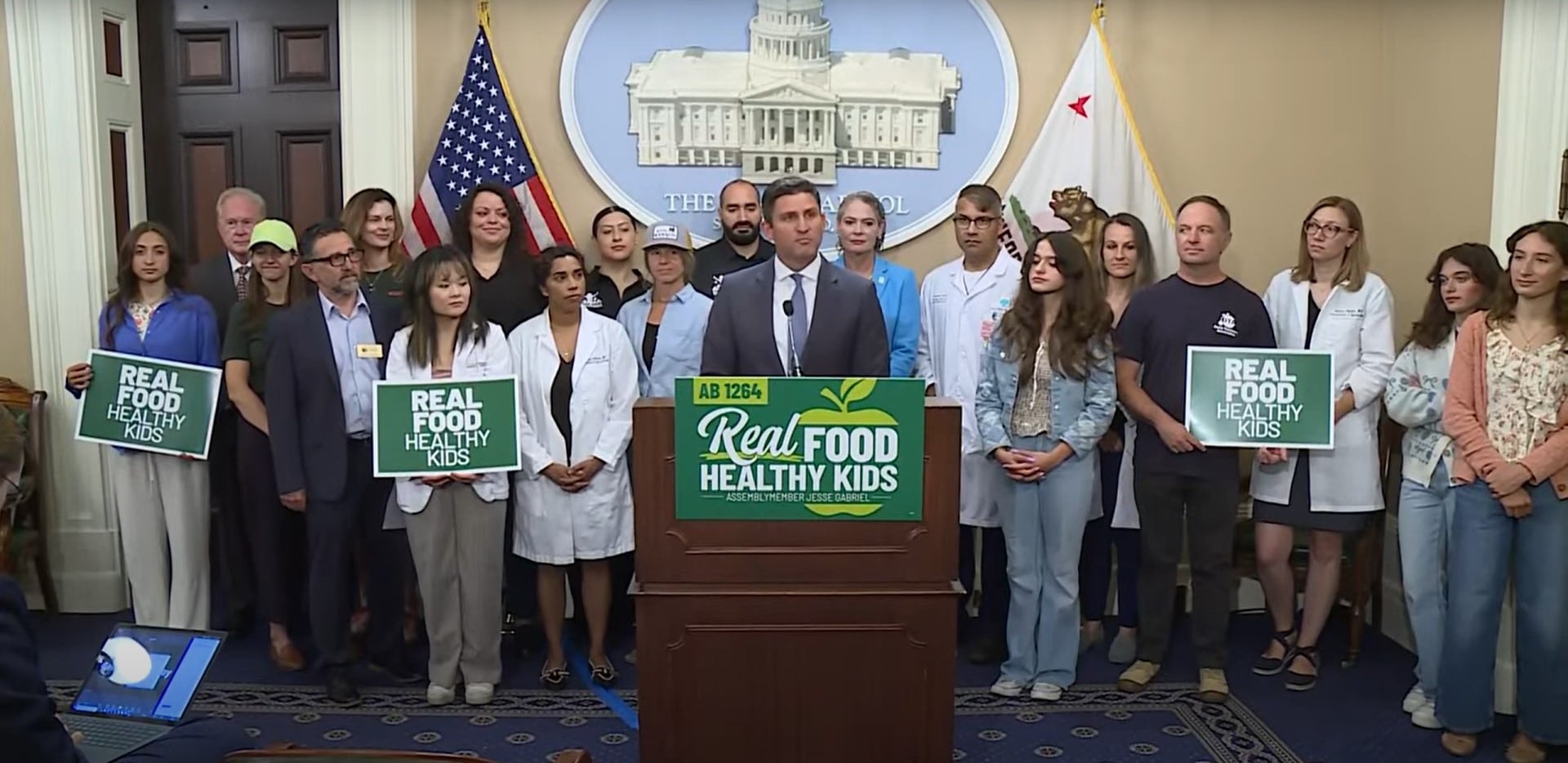Capol, a global supplier of confectionery coatings and functional ingredients, acquired California-based Blue Pacific Flavors, a manufacturer known for its natural and organic colors and flavors.
Capol’s acquisition of Blue Pacific Flavors extends its global reach for natural colors, flavors and coatings at a time when food and beverage companies are racing to reformulate with cleaner, additive-free ingredients.
The deal extends Capol’s footprint to North America, Europe and Asia and combines production capabilities in flavor, color and coatings.
“Together with Capol, we can deliver greater innovation, faster speed to market and enhanced value for our customers – while staying true to our roots in clean-label, natural flavor development,“ said Donald Wilkes, CEO of Blue Pacific Flavors. He added the combined portfolio will allow the company to meet global demand for multifunctional, label-friendly solutions.
Why this matters for food and beverage
The timing of the acquisition aligns with the broader Make America Healthy Again (MAHA) movement – a regulatory and consumer push for minimally processed, additive-free and nutritionally aligned foods. For manufacturers, the trend has raised the stakes: color has evolved from a technical afterthought into a symbol of brand values.
Investing in reformulation not only helps manufacturers to stay ahead of regulatory expectations but also secure consumer trust and competitive differentiation.
That demand also is straining the supply chain.
Suppliers are racing to keep pace with reformulation as natural colors move from a background ingredient to a category growth driver. Startups also are reshaping the space, introducing new extraction and stabilization technologies that broaden the natural palette and improve performance in beverages and confections.
Regulatory developments are adding further momentum. In May, FDA expanded the approved list of natural food dyes, giving manufacturers more tools to replace synthetic colors and respond to consumer expectations.




